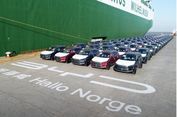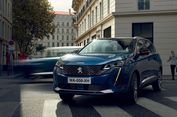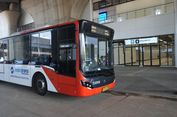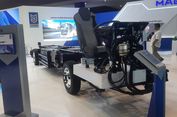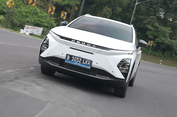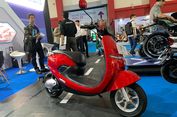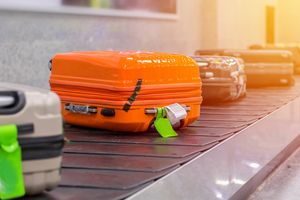Hit or Miss? New Lotus Evora
Even the rear seats - which help differentiate the Evora from Lotus's other two-seater-only models - cost another $7000. Something that can't be measured is the exclusivity and design that is undoubtedly part of the Evora's appeal.
HOW SAFE?
The Evora hasn't been independently crash tested. The stylish exterior panels are made of lightweight plastic but the aluminium structure of the Evora is designed to stop intrusion into the cabin. Disappointingly, though, there are no side airbags with only twin front airbags on offer. A stability control system is also standard.
WHAT'S INSIDE?
Just like the outside, the interior of the Evora is a little bit different. Instead of a generic spread of gauges there's a cluster of smaller instruments, with the speedo's 30km/h increments making it less obvious when judging common limits such as 80km/h or 100km/h.
Inside there's generous headroom, although rear vision is poor due to the tiny rear window above the engine. Forget shoe-horning an adult into the rear seats; it's strictly child territory. The awkwardness involved in trying to access the switch for the electric mirrors is indicative of the ergonomic quirks of the Lotus.
The frameless doors don't have the Germanic thud of an Audi; there's a clang that's in keeping with the general feeling that the Lotus doesn't match rivals for that ultimate quality execution.
UNDER THE BONNET
It may be one of the most exclusive British sports cars on the market but the Evora has a thoroughly mainstream engine in the form of Toyota's 3.5-litre V6. Combined with the lightweight 1382-kilogram body, though, the retuned 206kW version of the engine used in the Aurion/RAV4/Kluger delivers above-average performance.
Acceleration to 100km/h is claimed to take 5.1 seconds (with the sports gearbox fitted to our car) and, indeed, the Evora accelerates enthusiastically with a raucous sound emanating from the rear.
But it's the low-rev engine response that's most impressive, with the wonderfully accessible torque available from as little as 1500rpm. It means you can leave it in fifth or even sixth gears when climbing hills. Or, if you're having fun on a tight set of corners, you can leave it in third where ordinarily you might have gone for second.
That's a bonus, because the six-speed manual (there's no auto option) has a long-ish throw and is clunky in its operation; the pedals offset towards the left don't help.
Being able to leave it in a taller gear also helps with fuel economy, which is respectable at a claimed 8.7 litres per 100 kilometres; we managed more than 12L/100km in a mix of driving.









